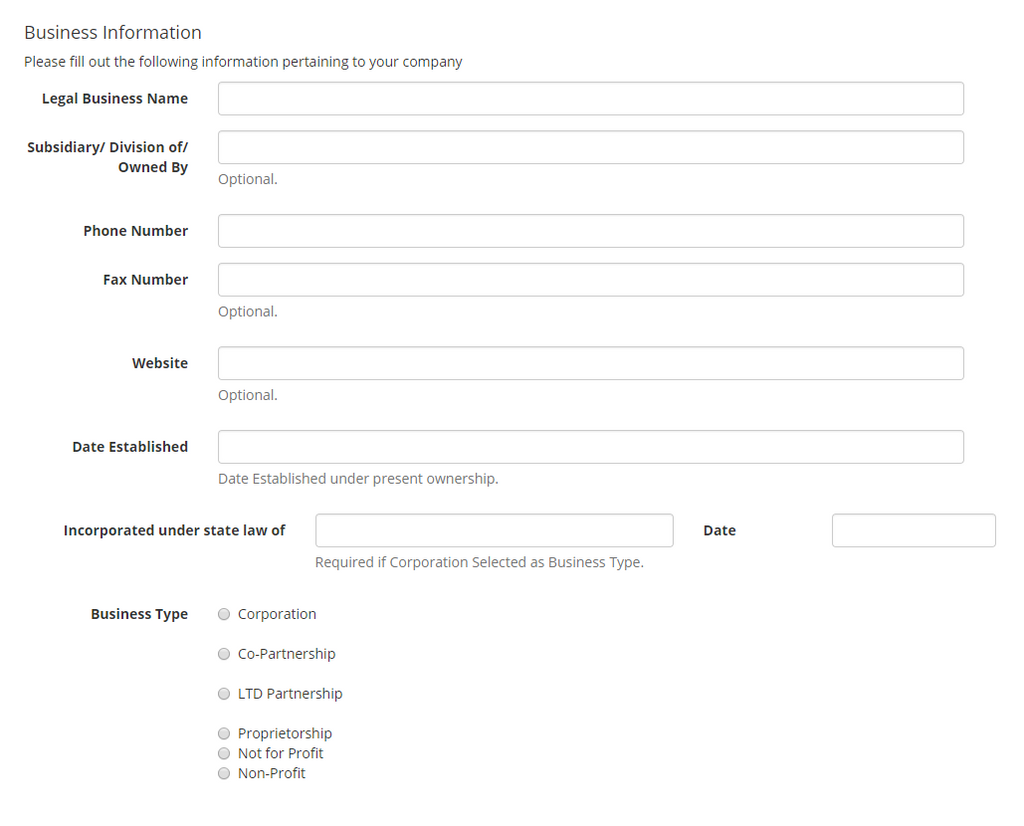Shopify for Wholesale
Merchants are flocking to Shopify, an amazing online store platform for companies big and small. One vertical we have noticed hesitancy going with Shopify is wholesale and distribution companies.
Text Connects has dealt with wholesaling on Shopify before; learning some tips and tricks to be successful and run the back-office more efficiently.
Below are some common Wholesale pain points we have overcome with Shopify.
Customer Accounts
Wholesalers and Distributors sell products exclusively to other businesses, sometimes at 50-75% below MSRP. Showing these prices publicly would destroy the market, with customers demanding lower prices. Being able to pick and choose who and how a customer could order on your website is imperative.
Shopify provides a very basic account creation and login system. Giving you access to email, address, phone, and assigning users a password. Most wholesale and distributors require Tax IDs, Sales Tax and Use forms, business incorporation dates, contact details, annual income for new customers, along with other fields.
One such option we use is to provide a separate application system, which includes all the business required fields. On submission, the user account is created in the Shopify System and setup as a non-customer (unable to login to the store yet). A business development user in your company can then log in and approve/deny the application.

Phone Orders and Faxed/Emailed Orders
Smaller customers may want to call and work thru an order over the phone as opposed to placing an order using your online store. Shopify has a built-in system for taking customers orders (called Draft Orders), allowing customer service reps the ability to build and quote orders right from the Shopify admin panel. Once an order is confirmed, the order goes into the normal fulfillment queue - no separate system required!
What about emailed orders? Faxed orders? Some larger companies prefer to use their own inventory system purchase order system to place orders with wholesalers. The process is super easy for the customer but can be frustrating manually typing in an order with 60,80,200 separate line items. To combat this issue, building an ingestion system for incoming emails works wonders.
Case Study - Knitting Needle Wholesaler (US Based) - After switching from an outdated custom built e-commerce system to Shopify, this company was starting to notice increased efficiencies and less workload on their customer service reps. The only area that was causing issues was their larger customers placing 100+ line item orders - then having to manually enter the order into Shopify.
To help improve their workflow we built a simple email ingestion application. Whenever an order comes in, they forward the email to a special email address. The magic of code takes this complex order with many lines and converts it to a real order in Shopify - in less than 2 minutes, it can even decline an order if items are out of stock.
Easy Ordering
While a separate product page for each individual product is nice to have, a wholesaler needs the ability for a customer to add many products to the cart at the same time. In Shopify we have created collection views where a customer can add every single item in that collection by typing in a quantity - including showing items that have limited stock (and preventing overselling).
Hint - cart.js helps out a lot in this case.
Sub Categories (collections?)
Shopify has the idea of a single level collection structure, providing a lot of value to smaller stores or shops with limited products.
Wholesalers and Distributors need the ability to categorize and sub-categorize products quickly and efficiently. Building into the template a simple way to create and manage sub-categories (without extra apps) is relatively quick and provides an amazing user experience.
Shopify a good choice?
After helping wholesale and distributions companies launch on the Shopify platform we can only highly recommend looking at Shopify for your next site update.
Text Connects is a Shopify Expert.
